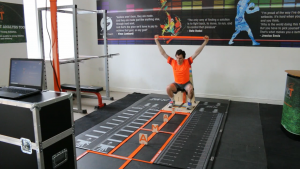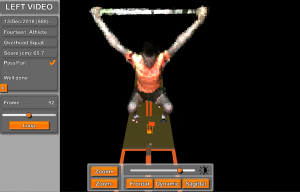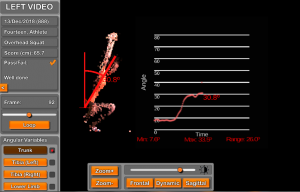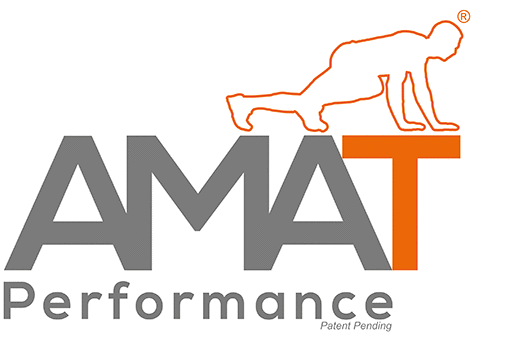Movement in sport is dynamic, complex and random in nature. To evaluate how movement might transfer from a practice setting to an applied sport setting we must assess full-body, complex movement patterns that include the entire kinetic chain. One such exercise, the overhead squat, is commonly used in well-established screening methods. Assessing movement quality through the overhead squat challenges key structures from a mobility and stability perspective such as the ankles, hips and thoracic spine (Bishop et al., 2015).
Good technique during the overhead squat is said to require the following physical capacities (Cook, 2010):
- Talo-crural joint mobility
- Knee Stability
- Hip mobility
- Lumbo-pelvic control
- Thoraric mobility
- Gleno-humeral joint stability
Through utilising such tests and examining the entire kinetic chain we can not only identify and attempt to correct movement compensations for full-body complex movements such as the squat, but also correct compensations that may affect more acute movements and skills at each joint. For example, thoracic spine and shoulder health is key in sports that require overhead movement and equally throwing/catching skills and events. Research also shows that the overhead squat further challenges the anterior abdominal muscles to a greater extent than a more regressed squat variation such as the back squat (Aspe and Swinton, 2014).
For this reason, the overhead squat not only gives us insight into an individual’s ability to effectively produce and transfer force (see previous blog), but may also give us examples of movement compensations at various parts of the kinetic chain.
During our overhead squat assessment on the AMAT Performance system an individual’s technique is automatically and accurately assessed via bar position (shoulder rotation and bar displacement anterior to the body), trunk position (trunk angle in the sagittal plane, centre of mass within the base of support) and lower-limb analysis of tibia angles in both the sagittal and frontal plane to assess medial knee displacement and ankle mobility. This gives us a full picture of an individual’s movement patterning for complex, fully-body movements that are applicable to many specific sporting skills.



For more information on our new product visit www.system.amatperformance.com
